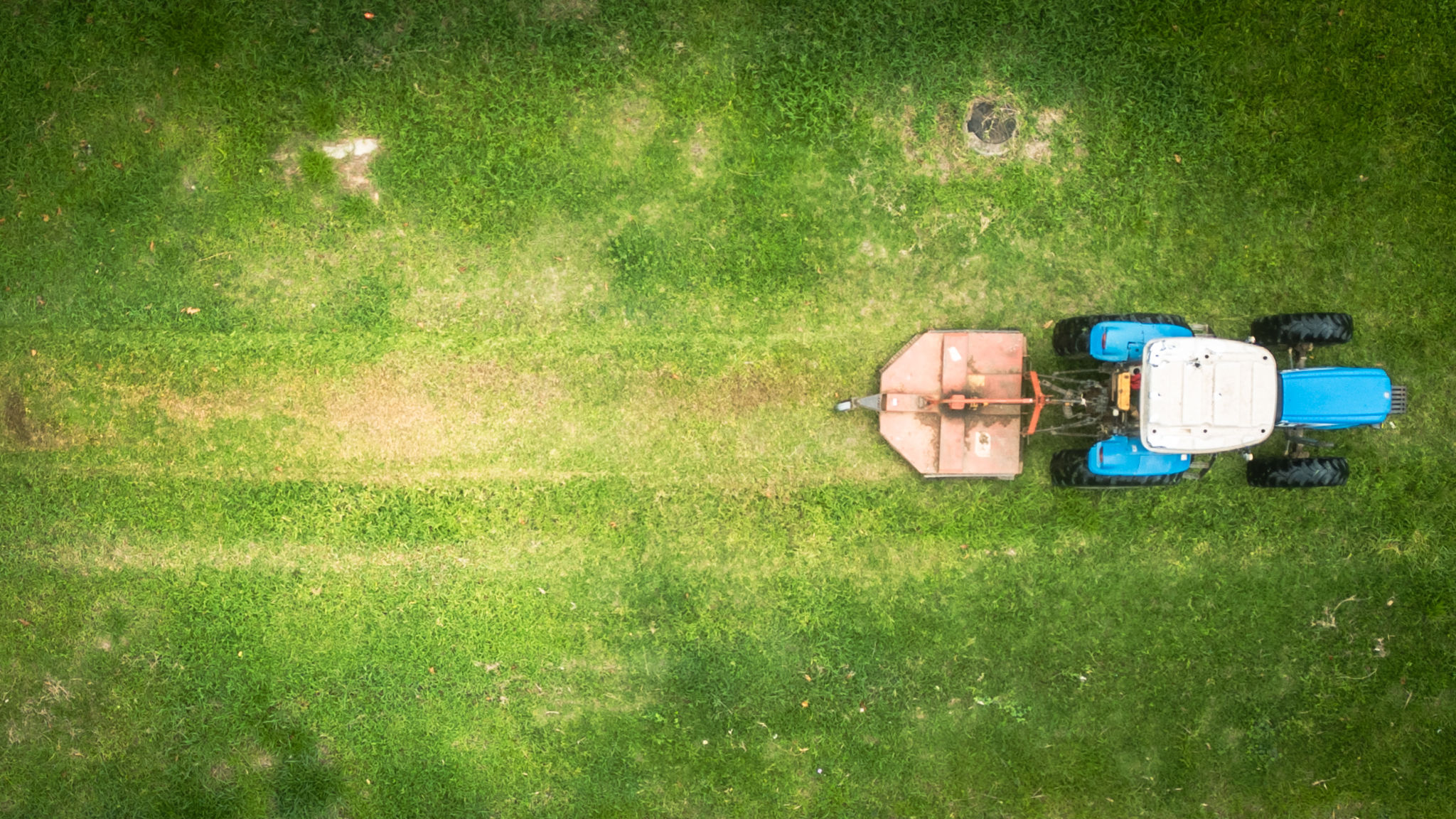DIY Lawn Service Tips: Maintaining a Healthy Lawn in Jasper
Ro
Understanding Your Jasper Lawn
Maintaining a healthy lawn in Jasper requires understanding the unique climate and soil conditions of the area. Jasper's temperate climate with distinct seasons means your lawn care routine must adapt throughout the year. Begin with a soil test to understand the pH and nutrient levels. This will guide you in selecting the right fertilizer and amendments to promote a lush, green lawn.
Knowing the type of grass that thrives in Jasper is essential. Cool-season grasses such as Kentucky bluegrass and fescue are popular choices, as they withstand the colder months well and remain vibrant during spring and autumn.

Lawn Mowing Techniques
Mowing is a crucial part of lawn maintenance and doing it correctly can make a significant difference. Set your mower blades to the correct height, typically around 2.5 to 3 inches for most cool-season grasses. This height helps shade the soil, reducing water evaporation and discouraging weed growth.
Regular mowing is important, but remember not to remove more than one-third of the grass blade at a time. This practice minimizes stress on the grass and promotes healthier growth. Consider leaving the clippings on the lawn as they decompose and return valuable nutrients to the soil.
Watering Wisely
Proper watering is essential for maintaining a healthy lawn. In Jasper, it's best to water deeply and infrequently to encourage deep root growth. Aim to water your lawn early in the morning to minimize evaporation and fungal diseases.
During summer, lawns typically need about one inch of water per week, including rainfall. Use a rain gauge to track how much water your lawn is receiving naturally, and adjust your watering schedule accordingly.

Seasonal Lawn Care
Each season brings its own challenges and opportunities for lawn care in Jasper. In spring, focus on raking up debris and aerating your lawn to improve air and water flow to the roots. Fertilizing in late spring can help prepare your lawn for summer stressors.
During autumn, continue mowing until the grass stops growing. Consider overseeding bare patches to ensure a thick, healthy lawn going into winter. Additionally, fall is an excellent time for fertilizing, as it helps strengthen roots.
Dealing with Common Lawn Problems
Weeds, pests, and diseases can pose significant challenges to maintaining a healthy lawn. Regularly inspect your lawn for signs of trouble. For weeds, manual removal is effective, especially if done early before they spread. For persistent issues, consider using a selective herbicide.

Pests like grubs can damage your lawn by feeding on grass roots. If you notice irregular brown patches, it might be time to investigate further. Biological controls or targeted insecticides can help manage pest populations effectively.
Tools for Effective Lawn Care
Having the right tools can make DIY lawn care more efficient and enjoyable. Essential tools include a reliable mower, a sturdy rake, aerator, and a spreader for seeds and fertilizers. These tools will help you maintain your lawn with ease throughout the year.
Consider investing in quality tools that are durable and comfortable to use. Proper maintenance of these tools, such as regular cleaning and sharpening blades, ensures they perform well each season.

Conclusion: Enjoying Your Healthy Jasper Lawn
With these DIY tips, maintaining a healthy lawn in Jasper is achievable for any homeowner willing to invest a little time and effort. By understanding your lawn's specific needs and adopting a consistent care routine, you'll enjoy a vibrant green space year-round.
Remember that each lawn is unique, so be patient as you learn what works best for yours. The reward of a lush, inviting outdoor space is well worth the effort.
